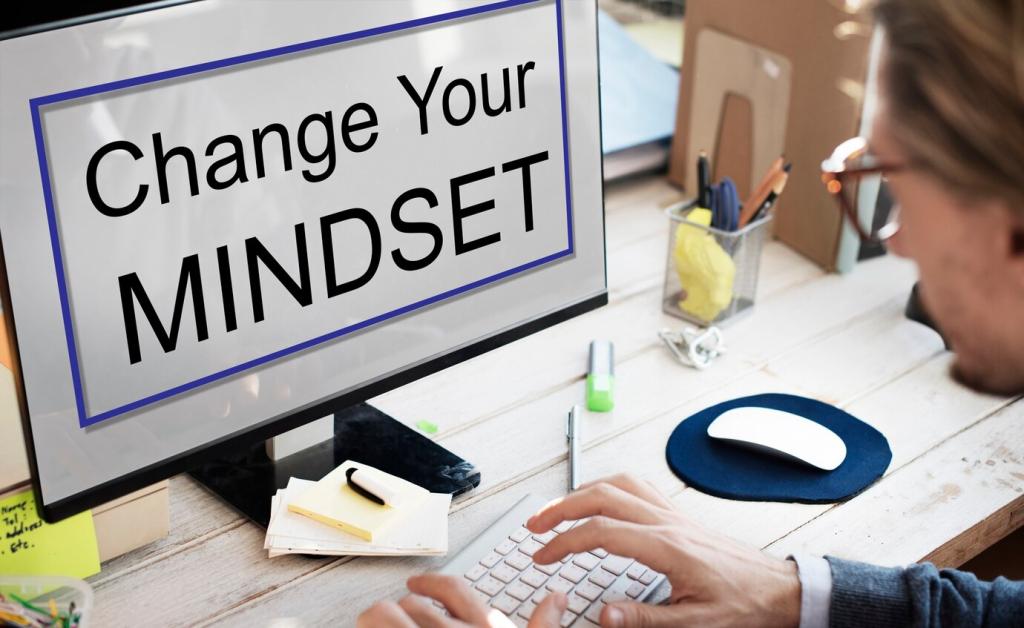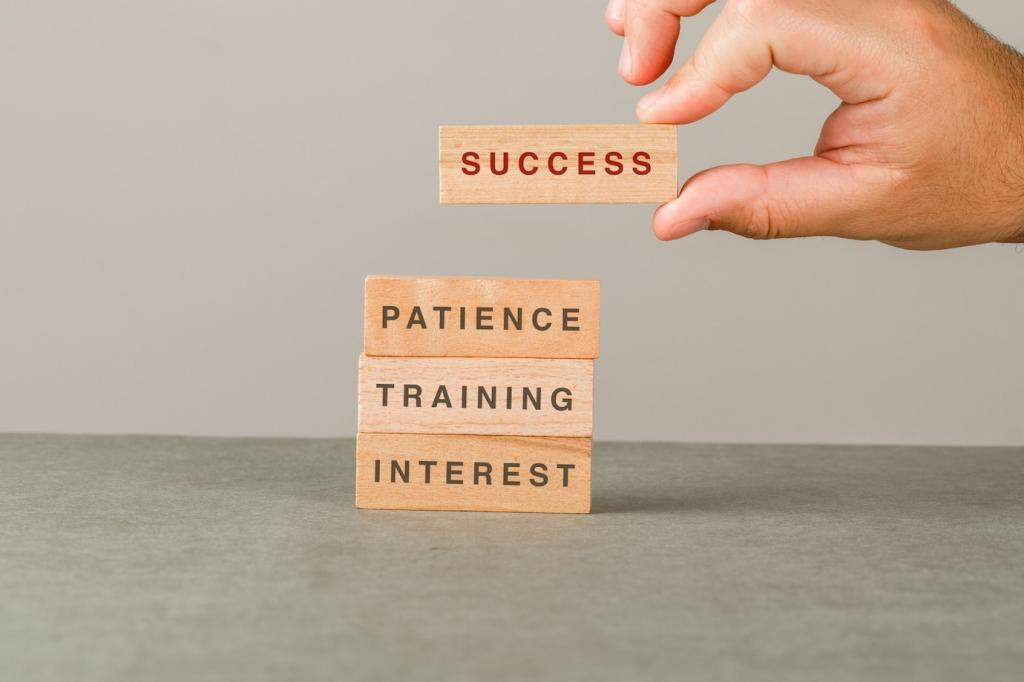Choose With Clarity: Mindful Decision Making in Business
Slow down to speed up. Today’s chosen theme: Mindful Decision Making in Business. Explore practical frameworks, real stories, and small daily rituals that help leaders reduce noise, align with values, and make decisions that actually stick. Join the conversation and subscribe for weekly insights.

Why Mindfulness Improves Business Decisions
The pause that prevents rework
A brief pause interrupts urgency bias and reduces amygdala-driven reactions. One startup built a 90-second breathing ritual before approvals and cut post-launch rework by a quarter. Try it at your next checkpoint, then comment with what changed in the discussion.
Attention as a competitive advantage
Mindfulness trains selective attention, helping leaders notice weak signals and risks earlier. A focused mind sees patterns others miss, improving timing and resource allocation. If this lens helped you spot something crucial, share your story to help others learn faster.
From autopilot to intention
Without mindfulness, we default to habits and politics. With it, we choose based on values, strategy, and real constraints. Reflect on a recent decision made automatically, then identify one mindful interruption you will test. Subscribe to track your progress with us.
A Practical Framework: Pause, Observe, Clarify, Choose, Check
Take two minutes for a steady inhale and extended exhale to downshift stress. Ask: What is urgent versus important? This simple reset increases clarity and reduces defensive reasoning. Comment if a brief pause shifted your next step or tone.
List objective data, unknowns, and emotional pressures separately. Sketch who is affected and how. This separation reduces conflation and helps surface better options. Try the map today and tell us which assumption changed after you saw the full picture.
Clarify decision criteria and trade-offs, then choose and log your rationale. Finally, set a check date with leading indicators. This creates accountability and learning. Share your first decision log entry to inspire others adopting mindful rigor.




Create a decision latency window
Instead of rushing, set a timed window to gather essential data only. Breathe, then decide. This prevents analysis paralysis while avoiding snap judgments. Tell us your ideal window length and why it works for your context.
Interrogate intuition kindly
Ask your gut: Which past patterns are you referencing? Which risk are you trying to avoid? This mindful inquiry transforms hunches into articulable hypotheses. Share a time this revealed a hidden constraint or opportunity.
Define enough data to move
Agree on minimum viable evidence upfront: key metrics, thresholds, and a learning plan. Mindfulness helps resist endless searching. If your last decision stalled from perfectionism, commit publicly to a smaller evidence set next time.
Mindful Meetings That Lead to Better Choices
Open with two minutes of silence
Begin with a guided breath or quiet review of the brief. Attention settles, egos soften, and listening improves. Experiment for two weeks and share what changes in conflict levels and speaking balance.
Name the decision and criteria up front
State the exact decision, explicit criteria, and timebox. This mindful clarity avoids meandering, status updates, and hidden agendas. Try a criteria slide and tell us whether debates became more constructive and shorter.
Close with owners, timelines, and check-ins
Mindfully restate the choice, assign owners, define first signals to watch, and set a review date. This prevents “decision drift.” Post your meeting template so others can adapt it for their teams.
Story: The Sustainable Supplier Choice That Paid Off
Under Q4 pressure, the team favored the cheapest supplier. A product manager called for a mindful pause: two minutes of breathing, then a stakeholder map. They noticed quality risk, reputational exposure, and hidden logistics costs previously ignored.

